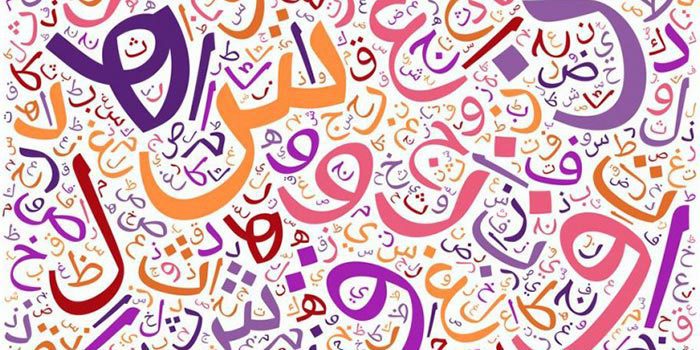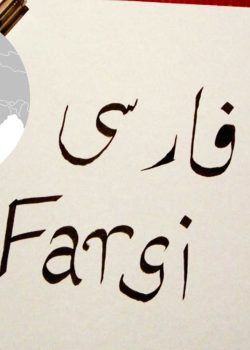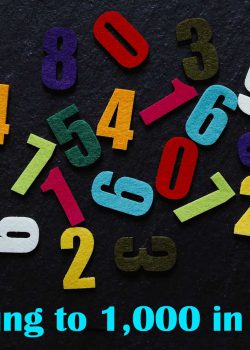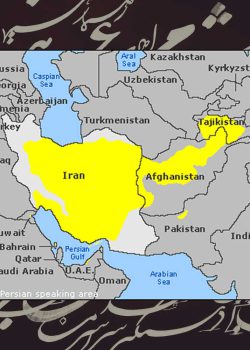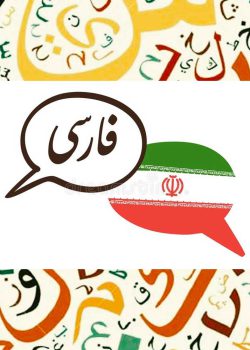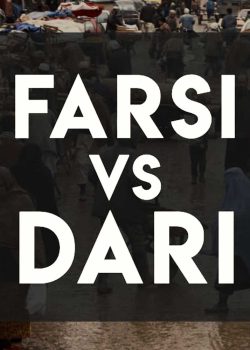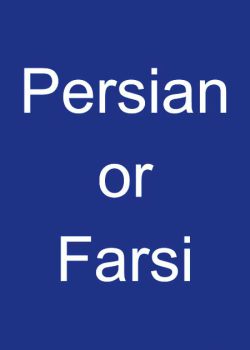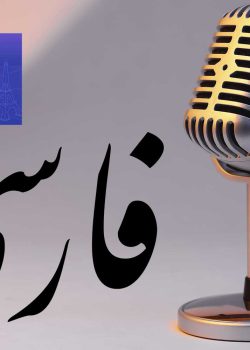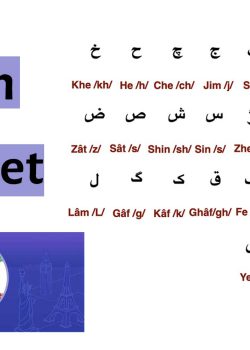- About Farsi Language
- About Arabic language
- Arabic vs Farsi; What are the differences?
- Persian vs. Arabic: The Alphabet/Script
- Persian vs. Arabic; Pronunciation
- Arabic vs. Persian; Families and Language Groups
- Persian vs. Arabic; Grammar
- Persian and Arabic — Vocabulary Overlap
- Arrabic vs. Farsi; Diglossia
- Interesting Facts about Arabic
- Which language is better for learning—Arabic or Persian?
- Conclusion
Persian and Arabic Semitic languages have many similarities, yet there are also many variances. In addition to the differences in pronunciation and alphabetical order, there are many further differences, including the form of the sentences and the vocabulary.
In contrast to Persian, Arabic has not been impacted by other languages like French and English, which is why the two languages are distinct.
In this article, we’ll take a closer look at the differences between Persian and Arabic.
About Farsi Language
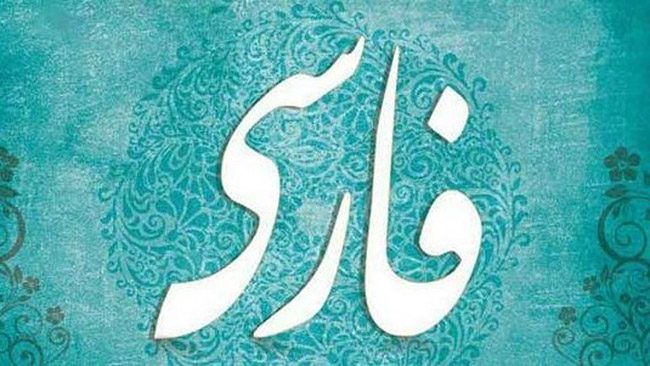
Farsi is a term used to describe Persian dialect spoken by Iranians. It is sometimes known as “Western Persian.” Even though it is known that Persian language formerly had its own alphabet, modern speakers of Farsi adopted Arabic alphabet instead of their own.
Persian Empire reigned over a vast territory stretching from Persian Gulf to the Mediterranean Sea, including Egypt, whose inhabitants spoke Farsi or Parsi as their native language. Also, until the British came along and prohibited its usage, this language was the official court language of the ancient Indian empire.
The term “Farsi” refers to Arabic version of the name “Persian,” which is the original name of the language. Because it lacks a P in Arabic script, Farsi is the proper name for the language.
About Arabic language

Arabic is an Afro-Asian family of languages, with only Hebrew and Arabic as the remaining members. Arabic calligraphy is the term used to describe the many forms of Arabic writing used in this language.
There are over 25 nations on the globe where modern Arabic is spoken, most of which are in the Middle East and the Arab world. A script known as Abjad is used to write Arabic and reads from top to bottom. Numerous other languages, particularly those of the Islamic world and many Indian languages, have borrowed terms from Arabic.
Arabic vs Farsi; What are the differences?
Despite their vast differences, Arabic and Persian have many similarities, including a virtually identical alphabet, many shared vocabulary words (almost all of which pass from Arabic to Persian), and historical connections to Islam. The relationship is somewhat comparable to the one between English and French.
Let’s see the differences between Farsi and Arabic languages.
Persian vs. Arabic: The Alphabet/Script
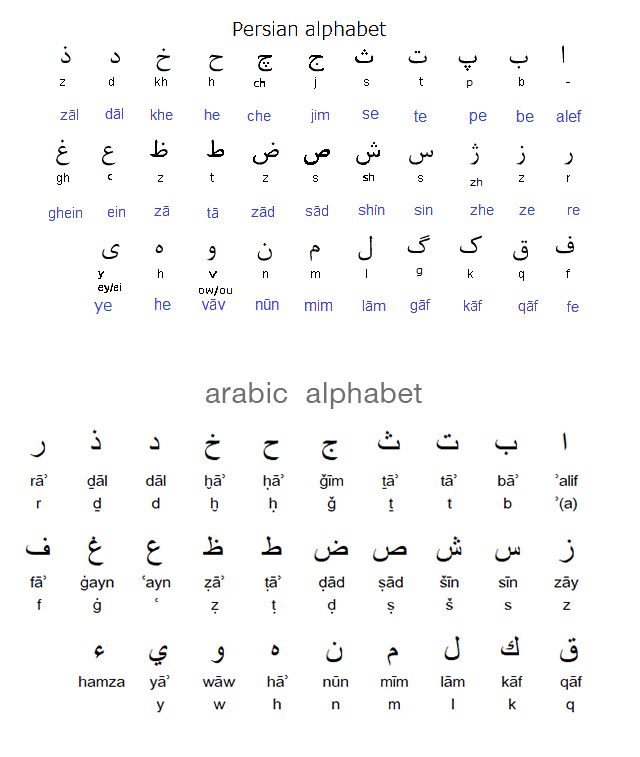
Persian and Arabic writing appear the same to someone who has never learned either language. Perso-Arabic script, which is based on Arabic alphabet but with minor phonetic changes and a few additional characters, is used in contemporary Persian (both in Iran and Afghanistan).
Despite its similarity to Persian, Tajik in Tajikistan is written in Cyrillic script, like Russian. The dialect and vocabulary of Tajik are heavily affected by Russian culture.
When learning a new language, the Cyrillic script may be both a benefit (since it includes all of the vowels!) and an obstacle (because you can’t understand street signs or other written words in Iran or Afghanistan due to the Cyrillic alphabet).
Some Persian characters are pronounced differently depending on where you are, especially if you are in Afghanistan or if you are in Tehran or Shiraz. Afghans, for example, prefer to maintain Arabic pronunciation of letter qaff (ق).
If you look at company names or street signs in Arabic-speaking nations, you’ll notice that the letter they use to indicate the “p” sound is a distinct letter.
Persian vs. Arabic; Pronunciation
The characters in Persian and Arabic are pronounced differently. For example, in Tehrani/Shirazi accent, the “harder” and “throaty” Arabic consonants are spoken more softly or not at all.
The most obvious variances in pronunciation include:
Qaff (ق): This letter is often spoken in Persian in the same manner as ghayn (غ).
3ayn (ع): This letter sounds as a hamze or glottal stop.
He (ح): This letter has been softened to a he (ه).
Zaal (ذ) and the (ث): These are Persian letters that are pronounced as “z” and “s.”
Zaad (ض), Zaa (ظ), Taa (ط), Saad (ص): Persian speakers pronounce them as “z,” “z,”,”t” and “s”.
What’s the reason for the variance in pronunciation?
As you can see from this part, the pronunciation of Persian letters is quite similar. There are four distinct letters that have the same sound as the letter z.
There is a notable regional variation in colloquial Arabic accents. A vast number of Arabic-speaking people agree that the accents of Egypt and Lebanon are the “softest” of any country in the Arabic-speaking world.
Persian, on the other hand, is less different than Egyptian and Lebanese. The pronunciation of Persian might sound similar to that of French at times. In reality, Persian immigrants to France often have better French accents and have fewer difficulties pronouncing French than Persian immigrants to English-speaking nations. Accentuation and intonation make a more significant difference in pronunciation.
Most Arabic words with multiple syllables emphasize the syllable before the final one, sometimes even earlier. When speaking Persian, the emphasis is placed on the last syllable. Even terms derived from Arabic are given a different emphasis in Persian. For instance, “School” is spelled madrasah in Arabic and madreseh in Persian.
Arabic vs. Persian; Families and Language Groups
This often clears up any confusion, but the fact is that Farsi and Arabic are much more unlike one another than Portuguese and French since they do not belong to the same language group.
While Portuguese and French belong to the same family of languages known as Romance, Farsi and Arabic belong to two distinct families of languages known as Iranian and Semitic. Although it is classified as part of Arabic language family, Farsi is a different language family entirely.
While Farsi is an Indo-European language, Arabic belongs to the Afro-Asiatic family. The Indo-European language family includes Portuguese, yet the two languages are very different.
Persian vs. Arabic; Grammar
Grammar is an area in which Persian and Arabic are very distinct from one another. Most answers to this question include scholarly explanations of where Persian and Arabic came from. Nonetheless, we’ll try to explain it using everyday words.
It is unnecessary to go into more detail. Still, the idea of verbs, grammatical gender, grammatical cases, plurals, tone, and many more aspects of the language’s grammatical structure are all distinctions between Arabic and Persian.
The root structures of Arabic and Persian verbs are vastly different, with Arabic having a root structure where numerous terms are interconnected and Persian verbs being even more like French, free-standing words that are conjugated separately.
Sentence structures and orders
- Arabic is subject-verb-object
- Persian is subject-object-verb
Grammatical gender
In contrast to Persian, which lacks any grammatical gender, Arabic includes gendered nouns and makes use of gender when determining agreement with plurals.
Plurals
The plural agreement in Arabic is a bit strange, and Arabic nouns convert to the plural form, but Persian plurals are fairly easy.
Cases
Standard Arabic contains grammatical “cases,” but Persian doesn’t (neither does colloquial Arabic).
Written/spoken
The colloquial Arabic is not like the Modern Standard Arabic written language; on the other hand, Persian is spoken fairly similar to how it is written (or at least it’s considerably closer).
Persian and Arabic grammatical structures are as distinct as they may be. Again, the degree of the difference is comparable to that between French and English.
Persian and Arabic — Vocabulary Overlap
There are several Arabic terms in Persian. The percentage of Persian terms with Arabic roots varies greatly depending on the dictionary’s style and format, although it may reach up to 40%.
Some studies estimate it to be 25% of the printed text. However, there is a surprising lack of reversal: relatively few Persian terms wind up in Arabic (and even if they do, only in common Arabic, not official Arabic).
If you’re an Arabic speaker, it could seem like a lot, but it doesn’t imply that you can pick up the essence of a conversation in Persian even with a lot of practice. It’s similar to the difference between the two official languages of France and English. Words with Latin roots predominate in English.
However, having some familiarity with either Arabic or Persian vocabulary can surely aid in the process of learning the other.
Arrabic vs. Farsi; Diglossia
The diglossia of Arabic language is well-known. Diglossia occurs when a community uses two dialects of the same language. MSA (Modern Standard Arabic) is a formal, global version of the language that is used for writing and other “official” purposes, such as news articles or political speeches. However, in daily life, Arabs and Arabic speakers across the world speak in a variety of dialects.
In certain situations, the differences between these dialects and MSA are so great that some people believe them to be whole unique languages. For example, this is particularly true in North Africa and the Maghreb dialects. In these regions, the spoken languages are heavily impacted by the local Berber languages and French, Spanish, and other languages.
To properly study Arabic for both speech and writing, you’d have to effectively learn two versions of the language due to the diglossia that exists inside Arabic language(s). There is also the issue of which dialect to study since the many dialects of Arabic is not necessarily interoperable.
There are no issues with this in Persian. Although Persian has a wide range of dialects, both across nations and locally, the variances are not as large as in Arabic.
Interesting Facts about Arabic
- Arabic is the world’s 6th most widely spoken language.
- The term “Arabic” originates from a Greek phrase that translates to “of Arabia.”
- Arabic is spoken by more than a hundred million people and is an official language in 25 nations.
- More than a quarter of all books published globally are translated into Arabic annually.
- Arabic’s first known written work dates back to 800 AD, when Ibn Muqlah wrote the oldest known document.
Which language is better for learning—Arabic or Persian?
When faced with this decision, you are forced to confront issues such as: Do you want to communicate with others in a Persian or Arabic dialect, or do you want to learn to read texts?
Most individuals should start with Farsi dialects. Also, if you study Persian, you’ll be able to touch the hearts of many unknowing Persians, even if you only know a few hundred words of the language. Persian is a language spoken in so many countries so if you learn it, you can travel to many famous and historical countries.
Moreover, learning Persian is a good choice for those who want to know more about ancient time since the need to travel to Iran Therefore, knowing Persian will help them to understand all the aspects of history thoroughly.
Conclusion
Persian is the world’s fourth most widely spoken language so it is worth spending time on learning it to enable yourself to speak this useful language. Persian and Arabic have similar origins that have affected the two languages despite their numerous differences. These two civilizations’ scripts and writing directions are different (from right to left for Persians and from top to bottom for the Arabs).
There is a possibility that some terms in one language are not adopted by the other; nevertheless, there is some evidence that this may alter through time based on how frequently both languages come into touch with one another. Don’t miss anything.
The history of trade routes and conquests has intermingled deeply with both languages. Even though they have a long history together, there are still many things to discover about them.
Related Posts

